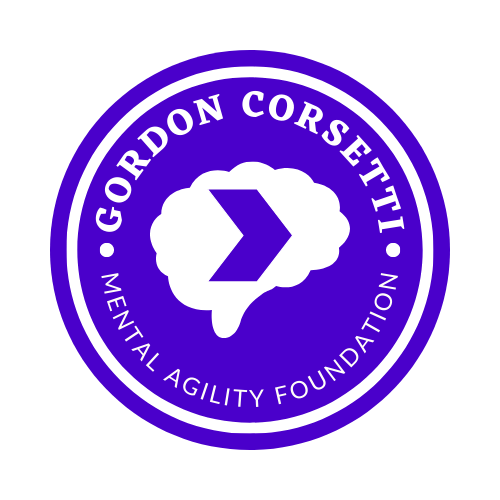Jumping to Conclusions
/The trouble with having a pre-frontal cortex is that it’s built to guess. That part of our brain constantly searches for patterns and new connections to strengthen those patterns. Thanks to how our neural synapses work, the more we think in a particular pattern, the stronger those thinking pathways develop. This is one reason why we stick so stubbornly to concepts that go against what we have always thought to be true.
Consider how frustrated you get when driving down a typical route and you realize that the road is blocked and you must take a detour. Even if the detour is minimal it feels like an affront to your entire day. When it’s really just another route to the exact same destination. Our thinking mind is the same. We dislike thinking differently to how we’ve thought; this leads to us being confident in unfounded opinions, aggressive in defending our stance, and perturbed when challenged with alternative ways to think.
Jumping to Conclusions is a catch-all phrase that also encompasses CBT concepts like Mind Reading and Fortune Telling. As their names imply, these distortions explain when the mind latches onto an idea of the future or of how we are perceived. The problem with this type of thinking is that we can never really know the future, and the true thoughts of others are opaque to us until we ask. These are the most subtle cognitive distortions that I’ve experienced, and because of how neural pathways work they’re comfortable, easy to sink into, and extrication is usually painful. Changing these cognitive distortions is strangely similar to finding the perfect cozy spot on your couch for a nap, only to realize that you now have to go to the bathroom. Sure, you could just get up and relieve yourself, but we both know you’re not going to do that right away. Instead, you (and I) stubbornly cling to our comfort until we muster the willpower to adjust.
The tendency to stick to how we’ve always thought makes it difficult, but not impossible, to change. As with all cognitive distortions, the first step is increasing your awareness to how you think in a given moment. A significant amount of my talk therapy sessions focused on my inaccurate predictions of the future that were based on neural roads riddled with depression and anxiety:
“I failed at this task so I’ll never be successful in anything.” (also a Catastrophizing distortion!)
“I had to take a day off work, my boss must hate me.”
“She hasn’t texted me back, she clearly wants nothing to do with me.”
My therapists would listen patiently as I described the future in excruciating detail. Nodding politely as if I was a modern-day Nostradamus. Then, they’d ask one question that obliterated my prophetic confidence: “What are some other conclusions that could be possible with the information you have?” That question forced me into a more analytical frame of mind which detoured me down other neural pathways.
At first, thinking of other conclusions felt like a waste of time. I knew what the other person was thinking. I knew how things would turn out. I was stuck in a comfortable distortion where it was easier for me to think of the worst-case ending to every scenario. This is a big reason why I present workshops to middle and high-schoolers — My depression and anxiety predisposed me to thinking fatalistically about the future, but I spent several years going down the same neural routes. Even when medication and therapy helped alleviate my symptoms, I had already learned a comfortable way of thinking that I was loathe to give up. My present challenges are not dealing with depression and anxiety, but intentionally choosing healthier mental routes instead of driving through the bad parts of town in my mind.
Taking better mental pathways takes work because of the seductive comfort of less-healthy options. The sooner we teach young people how to recognize that they’re locking themselves into patterns that do not reflect reality, the more likely they will grow into resilient individuals who are comfortable taking alternate paths to where they’d like to go.



